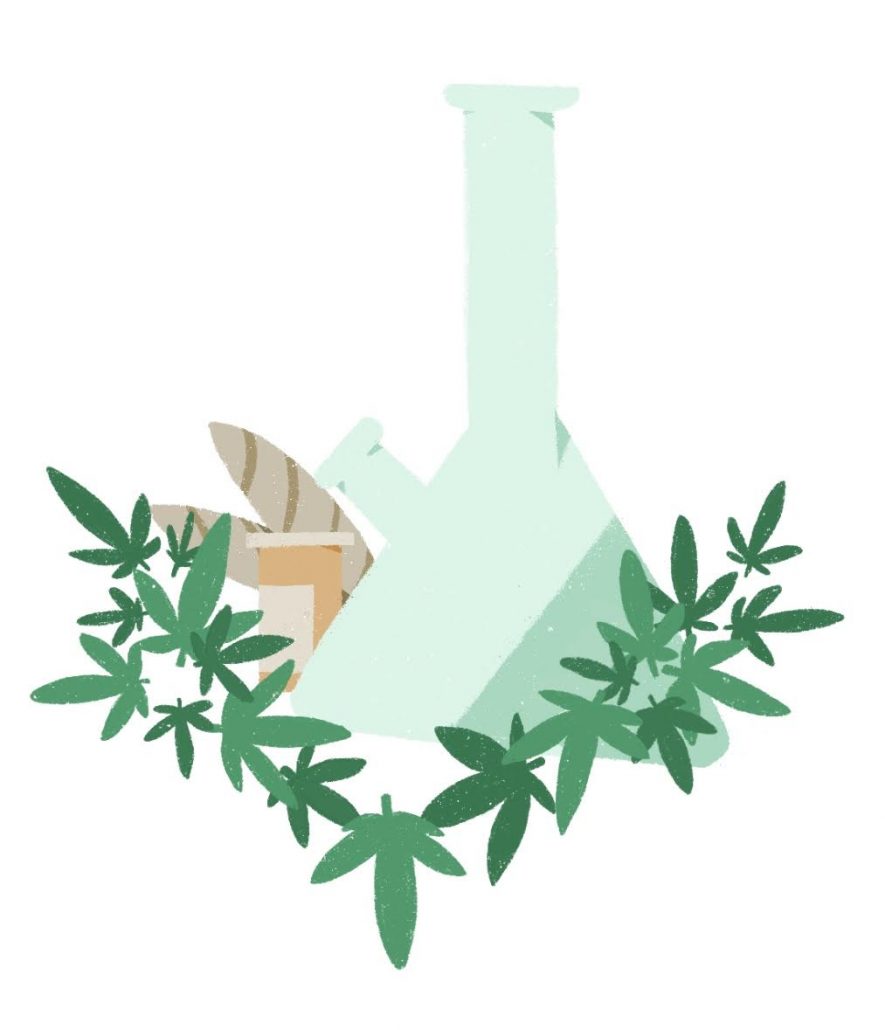To be Blunt: Medical and recreational marijuana should be federally legalized

Since I joined the Daily Trojan, I knew I wanted to write a column about weed. Even as I decided to pitch the idea, and even though I hold a valid medical license for marijuana, I struggled with the way this column would be perceived.
Although marijuana is becoming less and less taboo, stigmas surrounding the drug still persist. Historically, government-led propaganda and racist ideologies, coupled with a lack of research, fueled anti-marijuana rhetoric. These factors still linger to this day. However, as legalization gains ground, weed columns are popping up across prominent news outlets: The Denver Post now has the “The Cannabist,” while The Guardian has “High Time.”
Since California legalized marijuana both recreationally and medically, I believe it’s high time (pun intended!) to discuss marijuana on a student platform. I want to dive deeper into all of the aspects of cannabis culture and explain the history, uses and benefits of the drug. I hope to educate and destigmatize marijuana, but first and foremost, I want to open an avenue for mature (yet fun) conversations.
According to the Harvard Health Blog, about 85% of Americans support the legalization of medical marijuana, and 22% currently use marijuana, according to a survey conducted by Yahoo! News and Marist University. 33 states have legalized it for medical use, while 11 states have also legalized it recreationally. I support both medical and recreational legalization.
On the federal level, cannabis is still classified as a Schedule I controlled substance, on par with heroin and LSD, making it extremely difficult to research. While medical knowledge on weed is definitively lacking, there are conclusive results that indicate it does not harm long-term memory.
“My advice for doctors is that whether you are pro, neutral or against medical marijuana, patients are embracing it, and although we don’t have rigorous studies and gold standard proof of the benefits and risks of medical marijuana, we need to learn about it, be open-minded, and above all, be non-judgmental,” said Dr. Peter Grinspoon in a Harvard Health Blog post about medical marijuana.
Medical marijuana is proven to help people who face chronic pain, such as cancer patients, those suffering from endometriosis, fibromyalgia, Parkinson’s and more.
Promising studies have shown medical marijuana can be useful in treating PTSD and other mental illnesses such as depression and general anxiety. As the opioid crisis worsens, medical marijuana has become an increasingly popular and desirable alternative, since it is much safer, less addictive and cannot result in an overdose.
There are many ways to consume cannabis, and they are becoming more abundant, ingenious and innovative. From vape pens and dabs to edibles and tinctures, there are more discreet ways to ingest marijuana than ever before.
Recreational consumption often uses flower (or bud) that can be ground up in a grinder and rolled into joints (weed cigarettes) or blunts (the cigar equivalents of joints). Pipes and bongs, which use water, are also used for recreational use. Medical marijuana is administered more commonly via non-smoking forms.
Lastly, there are various strains of cannabis, all of which serve different purposes and treat different ailments. There are two main natural compounds found in marijuana plants: cannabidiol (CBD) and tetrahydrocannabinol (THC). CBD, the non-psychoactive ingredient, is extracted from hemp plants, which contain less than 0.3% THC, a psychoactive chemical. CBD does not give you a “high” and comes in gummy or supplement forms or can be infused in creams for pain relief. Although there are hundreds of cannabinoids in each cannabis plant, THC and CBD are mostly responsible for the strain’s effect.
The world of weed is an ever-growing place, and I am still learning more about it every day. Even though smoking, paraphernalia and cannabis possession are prohibited on campus, people are beginning to embrace the drug and push for its decriminalization on the federal level. And as legalization gains ground throughout the country, there is hope that more research can be done so that barriers for treatment can be removed.
Natalie Oganesyan is a sophomore writing about weed culture and politics. Her column, “To be Blunt,” runs every other Thursday.

